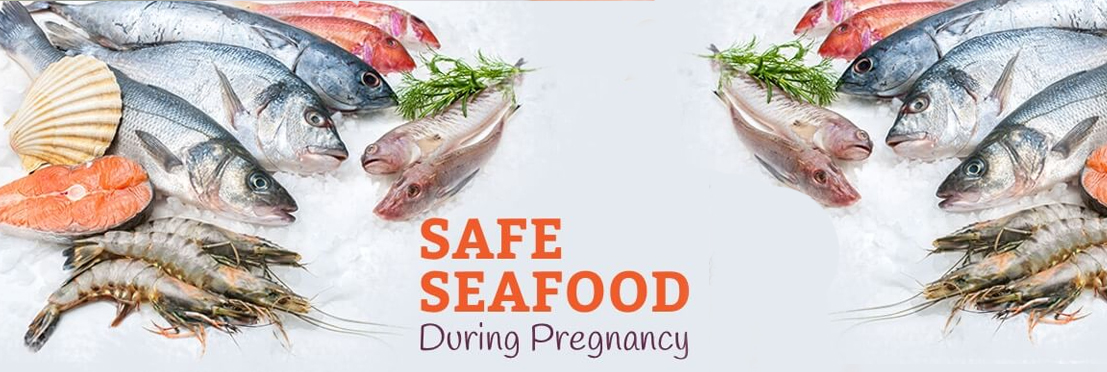
Maine Lobster Lifespan Overview
Lobster Lifespan Overview
Maine lobsters typically have a lifespan that spans several decades, with some individuals living up to 70 years or more. Their life can be divided into several distinct stages, each with its unique characteristics and challenges.
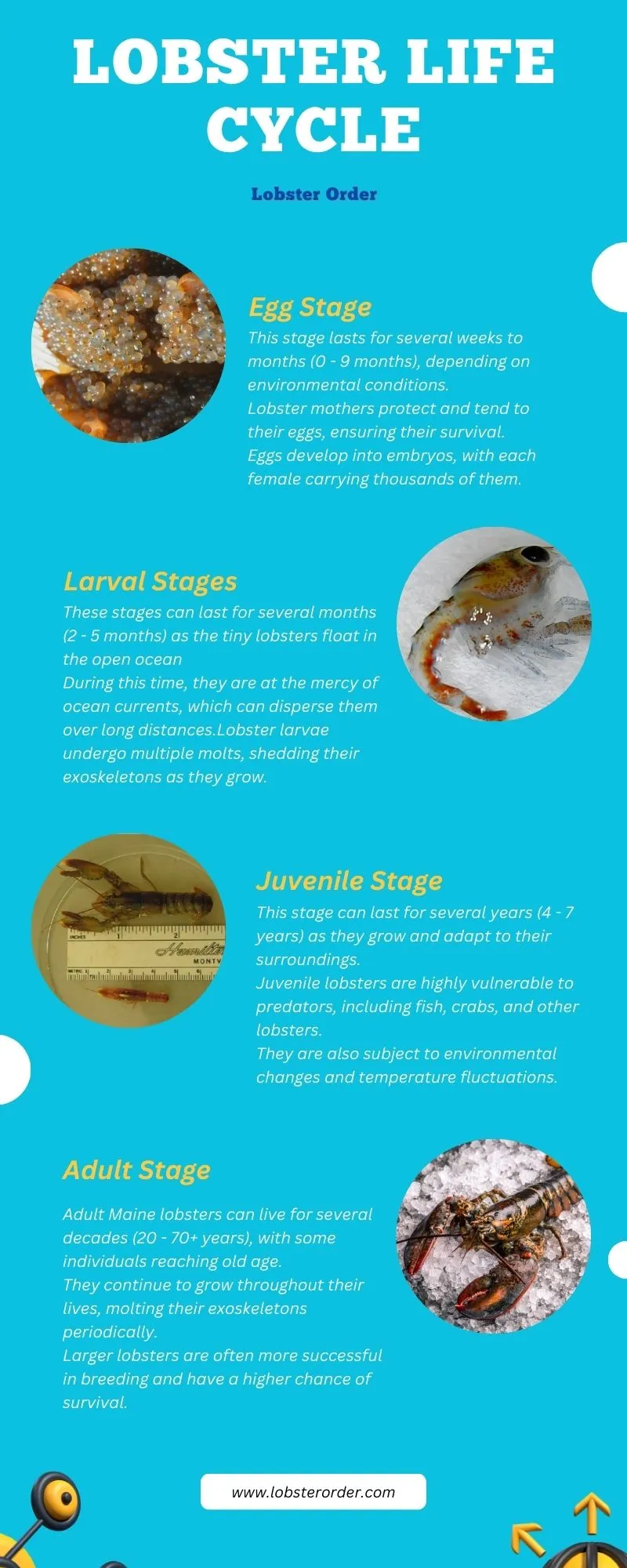
Egg Stage (Weeks to Months)
- The Maine lobster’s life begins as an egg, carried by a female lobster.
- This stage lasts for several weeks to months (0 – 9 months), depending on environmental conditions.
- Lobster mothers protect and tend to their eggs, ensuring their survival.
- Eggs develop into embryos, with each female carrying thousands of them.

Larval Stages (Months)
- After hatching, lobster larvae go through two distinct stages: zoea and megalopa.
- These stages can last for several months (2 – 5 months) as the tiny lobsters float in the open ocean.
- During this time, they are at the mercy of ocean currents, which can disperse them over long distances.
- Lobster larvae undergo multiple molts, shedding their exoskeletons as they grow.
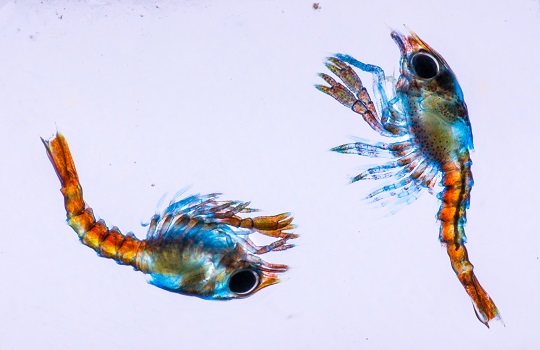
Juvenile Stage (Years)
- Once they’ve reached the megalopa stage, lobsters settle on the ocean floor.
- This stage can last for several years (4 – 7 years) as they grow and adapt to their surroundings.
- Juvenile lobsters are highly vulnerable to predators, including fish, crabs, and other lobsters.
- They are also subject to environmental changes and temperature fluctuations.

Adult Stage (Decades)
- Adult Maine lobsters can live for several decades (20 – 70+ years), with some individuals reaching old age.
- They continue to grow throughout their lives, molting their exoskeletons periodically.
- Lobsters develop their iconic claws during this stage, with some individuals growing massive claws over time.
- Larger lobsters are often more successful in breeding and have a higher chance of survival.
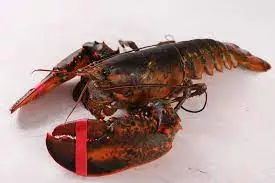
Environmental Influences and Challenges
Maine lobsters thrive in coastal environments with rocky or sandy bottoms, favoring water temperatures between 45°F to 55°F (7°C to 13°C) for optimal growth. They face predation risks in their early stages from various oceanic creatures, including fish and crustaceans. To protect themselves, lobsters burrow into the ocean floor or seek refuge in rocky hideaways, relying on their hard exoskeletons for defense. Human activities, particularly lobster fishing, pose additional challenges, emphasizing the importance of sustainable practices and conservation measures for their continued well-being.
Maine Lobster Fishery and Human Interaction:
Maine lobster fishing is a vital industry, contributing significantly to the state’s economy and culture. It generates over $1 billion annually and provides livelihoods for many coastal communities. However, the sustainability of lobster populations is a top concern. Conservation measures include size limits, protecting egg-bearing females, and trap limits to prevent overfishing. Research efforts play a critical role in understanding lobster behavior and migration patterns, guiding effective conservation strategies. Balancing economic interests with conservation is essential to ensure the long-term health of Maine’s lobster fishery.
Fun Facts and Trivia:
- Maine lobsters exhibit color variations, with some individuals being predominantly blue or even yellow.
- Their claws can regenerate if lost, and they can even grow back larger and stronger.
- Lobsters communicate with each other through a combination of scents and physical gestures.
- They are a symbol of Maine’s culture and are celebrated in events like lobster festivals.


How to Crack Lobster | Tips and Tricks

Sustainable Seafood Practices: From Ocean to Table

Common Seafood Mistakes To Avoid In The Kitchen
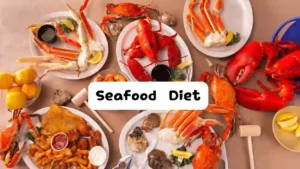
Seafood Balanced Diet: Tips for Healthy Eating




